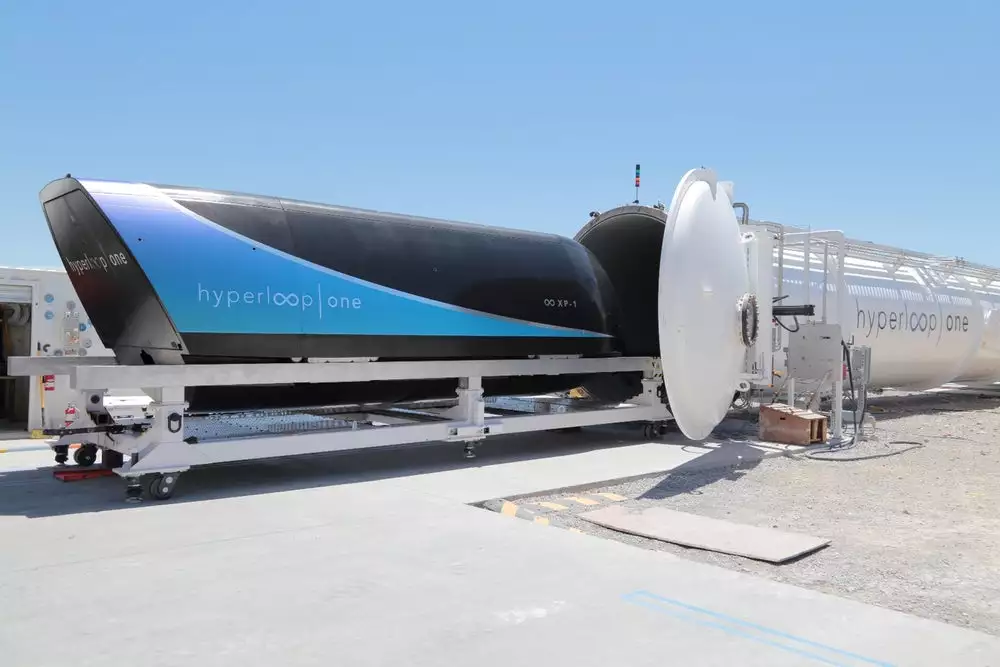Implementing a real-world Hyperloop will be a huge undertaking, one that nobody, not even Elon Musk, can do on their own. Transport company Hyperloop One is well aware of this, and that's why it launched its own XPrize-style competition to draw out the globe's brightest ideas for the most promising Hyperloop routes. The company has today announced the 10 winners, with potential routes spanning three continents and more than 6,000 km (3,700 mi) worth of track.
While Hyperloop One already has projects underway exploring the feasibility of Hyperloop routes in Dubai, Finland, Russia and other countries, its Global Challenge was a way of seeing if the general public had any bright ideas. And it would seem that it did, with more than 2,600 teams registering since the competition launched in May 2016 and the pool now whittled down to 10 winners. According to Hyperloop One, the 10 winners all have well-defined routes mapped out, along with strong business cases and support from public and private stakeholders.
The US was the country to feature most prominently on the winner's list, with four different routes connecting a number of major cities. The longest comes from a team called Texas Triangle, who put forward a proposal that could connect Houston, Austin, San Antonio, Dallas and Laredo with 1,030 km (640 mi) of tube. Other US routes include connections between Miami and Orlando, Chicago and Pittsburgh and the city of Denver with nearby urban centers along the Southern Rocky Mountains.

Other notable winners include a 532-km (330-mi) connection between Mexico City and Guadalajara, a 640-km (400-mi) connection between the Canadian cities of Toronto and Montreal, and a UK connection between Edinburgh and London, passing through the cities of Birmingham and Manchester along the way.
But it was India who submitted some of the more ambitious entries, according to Hyperloop One. It had two proposals make the winners list, with a connection between Mumbai and Chennai by far the lengthier, spanning some 1,100 km (683 mi) between the country's east and west coasts. According to the team behind it, Hyperloop India, this would create a system of cities along the way, while bringing new economic opportunities and industry links to the corridor.

When, or if, fully realized, a Hyperloop system would shuttle people and cargo through near-vacuum tubes at around the speed of sound. This could make it possible to travel between Los Angeles and San Francisco in 30 minutes, or cover the 1,100 km between Mumbai and Chennai in just 63 minutes.
There is a ways to go before this kind of thing becomes a reality. So far, Hyperloop One has made some decent strides with its technology, recently demonstrating a full-scale prototype capsule traveling along its test track at more than 300 km/h (186 mph). That is obviously a far cry from the target speed of around 1,200 km/h (745 mph), but considering it only demonstrated the technology publicly for the first time last year, hitting 115 mph (185 km/h) is promising progress.
The company has made a handy interactive map that offers a snapshot of each winning proposal, if you feel like having a poke around.
Source: Hyperloop One







